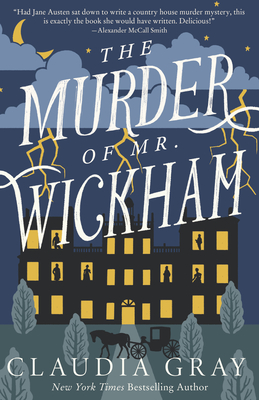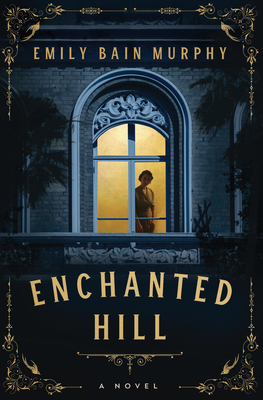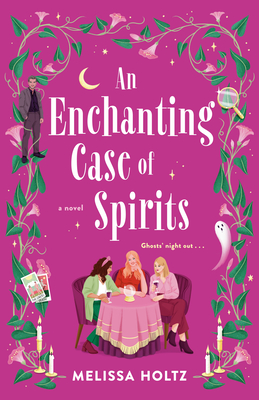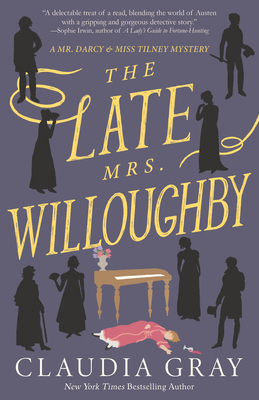
A Sicilian Romance (Best Novel Classics #46)
Description
Classics for Your Collection:
goo.gl/U80LCr
---------
The plot concerns the fallen nobility of the house of Mazzini, on the northern shore of Sicily, as related by a tourist who learns of their turbulent history from a monk he meets at the ruins of their once-magnificent castle. The Mazzini sisters, Emilia and Julia are 'beautiful' young ladies with many talents.
Julia quickly falls in love with the young and handsome Italian count Hippolitus de Vereza, but to her dismay her father decides that she should marry Duke de Luovo instead. After much thought Julia attempts to elope with Hippolitus on the night before her wedding. However, their escape had been anticipated, and the Marquis, Julia's father, ambushes and seemingly kills Hippolitus whose body is carried away by his servants.
The Marquis tells Julia that she must marry the duke and after much difficulty she escapes again alone. The Marquis and the Duke spend much of the novel trying to catch Julia and force her to marry the duke. Julia has to flee from her various hiding places as she narrowly avoids capture and eventually ends up, by a secret tunnel, in the abandoned and seemingly haunted southern apartments of the Mazzini castle only to find that her mother, thought to be dead, had been imprisoned there for years by the Marquis, who had grown to despise her.
The Marquis's new wife, Maria de Vellorno, commits murder-suicide after the Marquis discovers and accuses her of infidelity, poisoning the Marquis and stabbing herself. Before he dies the Marquis confesses to Ferdinand, his son, that his mother has been imprisoned, and hands him the keys. However, his mother and Julia had already been freed by Hippolitus, who had recovered from his wounds. Ferdinand then finds them at a lighthouse on the coast, waiting to leave for Italy, and they are all joyfully reunited.
Scroll Up and Get Your Copy
Characters:
Ferdinand Mazzini - Marquis
Louisa Bernini - Ferdinand's first wife, mother of his three children
Maria de Vellorno - Ferdinand's second wife
Emilia - older daughter
Julia - younger daughter
Ferdinand - son
Madame de Menon - governess of Mazzini girls, childhood friend of Louisa Bernini
Vincent - servant Count Hippolitus de Vereza
Duke de Luovo
Robert - servant
Riccardo - de Luovo's son, leader of banditti
Peter - servant
Caterina - Julia's servant whose parents help hide her
Cornelia - nun at St. Augustin's, Hippolitus's sister.







